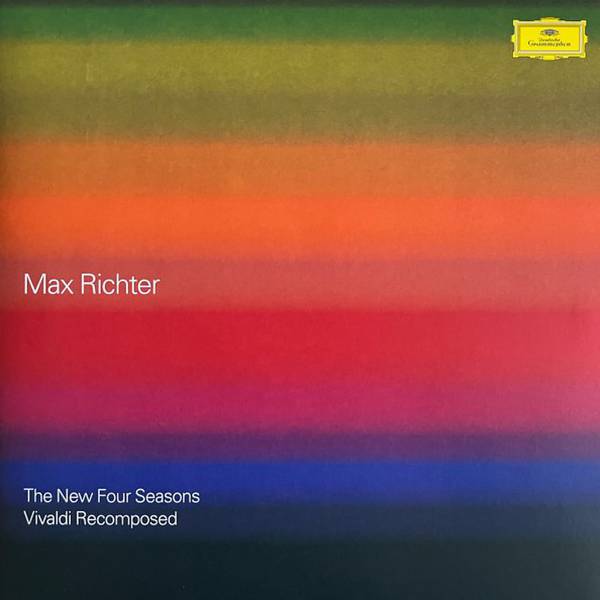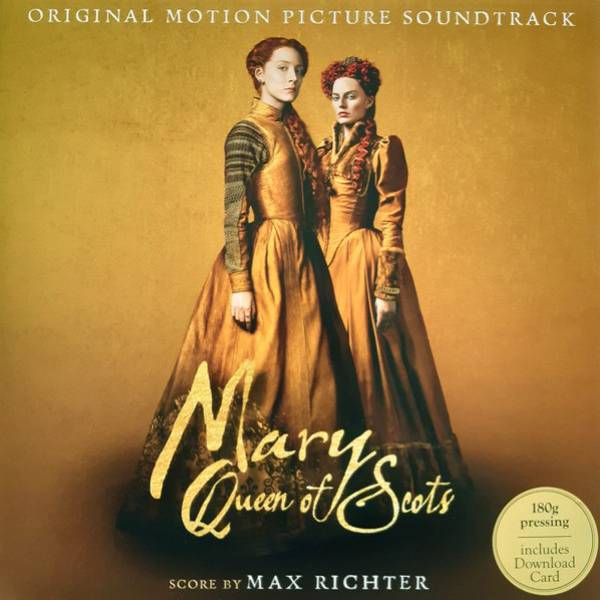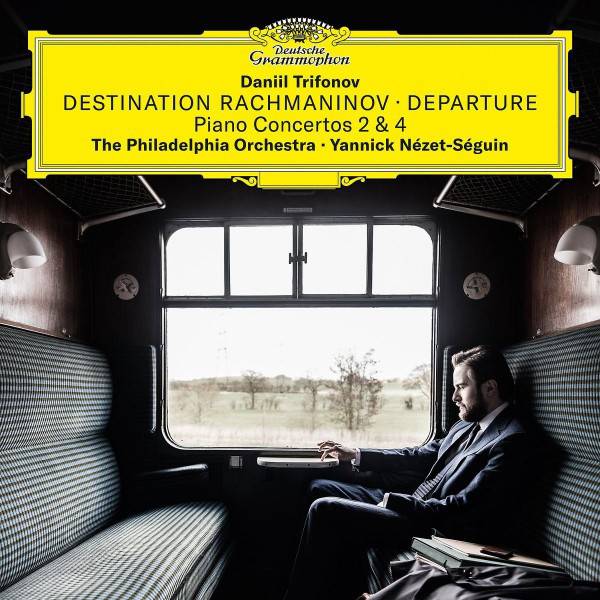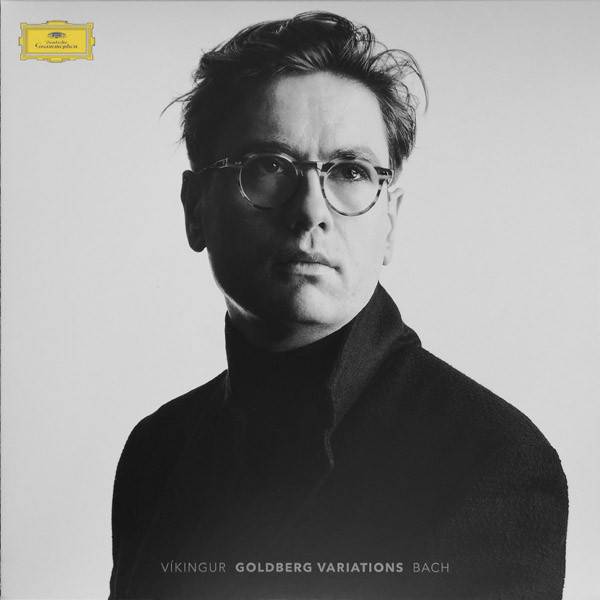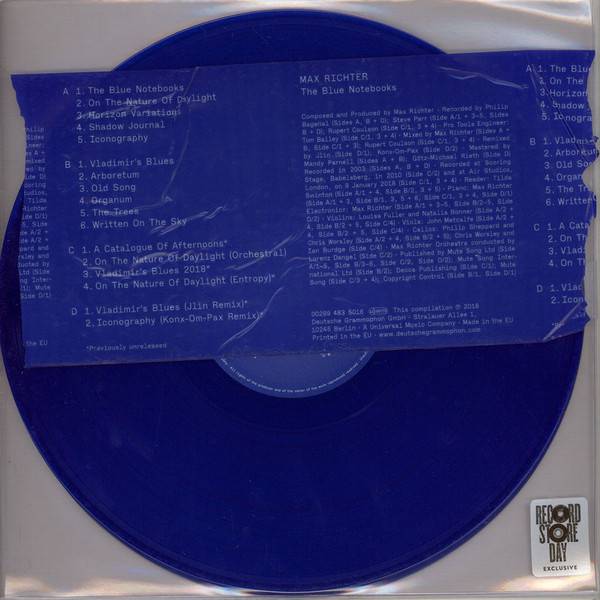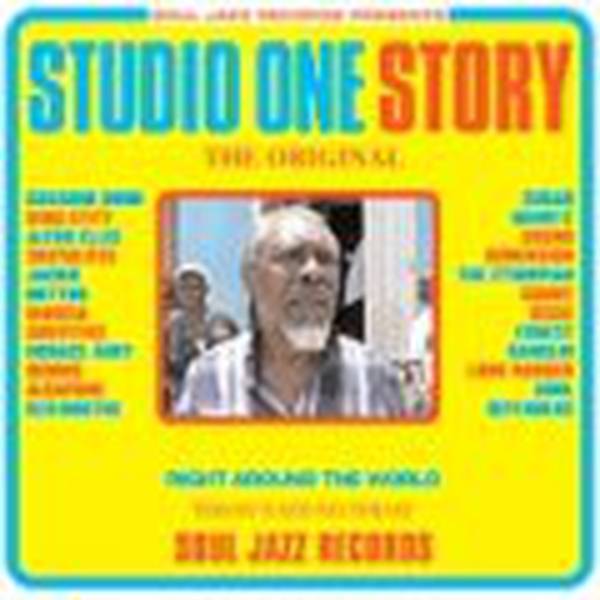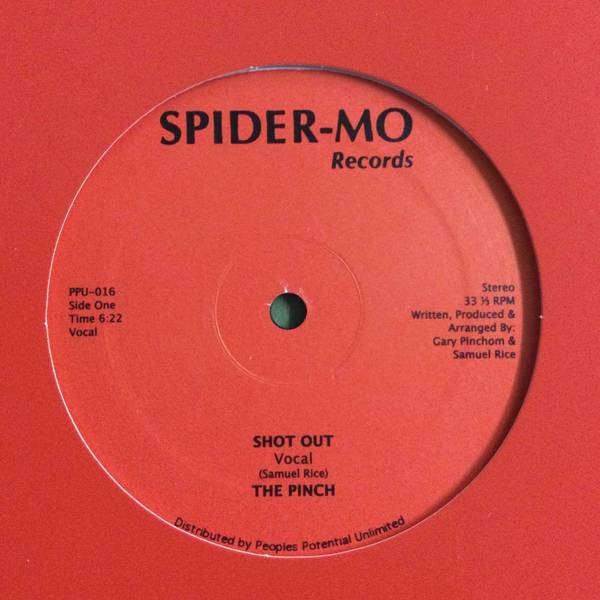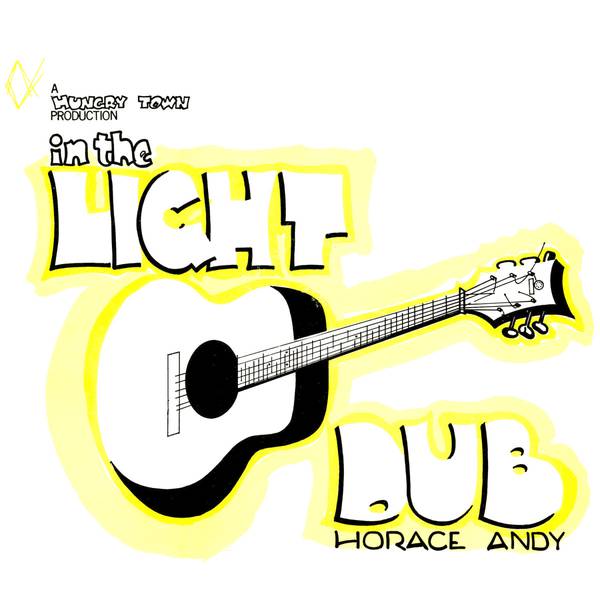
Richter / Hope / Kkob / De Ridder
Recomposed By Max Richter: Vivaldi,Four Seasons
Deutsche Grammophon
16.95 €
Tax included, Shipping not included
Some works are so familiar that it is almost impossible to hear them afresh, but that is what Max Richter has achieved with Vivaldi “Recomposed”. This is no mere arrangement; instead Richter has absorbed Vivaldi’s The Four Seasons into his own musical bloodstream. At first Richter followed the example of other works in the “Recomposed” series, which re-mix existing recordings, but, he says, “I wanted to open up the score on a note-by-note level, and working with an existing recording was like digging a mineshaft through an incredibly rich seam, discovering diamonds and not being able to pull them out. That became frustrating. I wanted to get inside the score at the level of the notes and in essence re-write it, re-composing it in a literal way.”Richter calculates that, in the process, he has discarded around three-quarters of Vivaldi’s original. He opens with what he describes as “a dubby cloud which I’ve called Spring 0. It functions as a sort of prelude, setting up an electronic, ambient space for the first Spring movement to step into. I’ve used electronics in several movements, subtle, almost inaudible things to do withthe bass, but I wanted certain moments to connect to the whole electronic universe that is so much part of our musical language today.” Other resonances are no less unexpected: Richter describes part of the first movement of his Summer as “heavy music for the orchestra. It’s relentless pulsed music, which is a quality that contemporary dance music has; and perhaps I was also thinking about John Bonham’s drumming. Then, in the second movement of Autumn I asked the harpsichordist Raphael Alpermann to play in what is a rather old-fashioned way, very regularly, rather like a ticking clock. That was partly because I didn’t want the harpsichord part to be attention-seeking, but also because that style connects to various pop records from the 1970s where the harpsichord or Clavinet was featured, including various Beach Boys albums and the Beatles’ Abbey Road.” Clearly, Richter has brought his own frame of reference to the project. As he says, “Vivaldi’s music is made of regular patterns, and that connects with post-minimalism, which is one strand in the music that I write. That felt like a natural link, but even so it was surprisingly difficult to navigate my way through it. At every point I had to work out how much is Vivaldi and how much is me. It was difficult but also rewarding because the raw material is so fascinating.”Just as Richter’s Seasons plays tricks with the way we hear Vivaldi’s original, so it also asks questions of the soloist, Daniel Hope. “Violinists have Vivaldi’s The Four Seasons hardwired in their brain. Daniel is likely to play the original I don’t know how many times in a year, and for him to have my parallel text going on in another part of his brain is a challenge. I think he did a wonderful job. He brought to it a deep engagement with the original, but he was fully prepared to cut this new swathe through the text.
